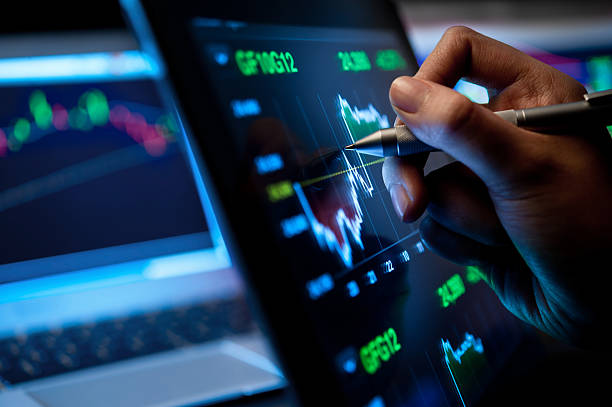Futures are contracts between two parties that agree to buy or sell an asset at a specific price on a specific date in the future. The price is set at the time of the contract, which is why it’s called a “futures” contract. Traders can use these contracts to speculate on the movement of prices, or they can be used to hedge risk.
Futures can also be used to take advantage of price moves. For example, if you think the price of a currency will go up, you might buy a futures contract. If the price does go up, you will make money on the trade. However, if the price goes down, you will lose money on the trade.
In Australia, futures contracts are used to speculate on the future value of currencies. These contracts allow traders to buy or sell a certain amount of currency at a specific price on a set date in the future. This allows traders to protect themselves from sharp movements in the currency market and can be a profitable way to trade currencies.
The two main types of futures contracts
The two main types of futures contracts are forwards and swaps. Forwards are simple contracts that specify the purchase or sale of a certain amount of currency at a specific price on a set date in the future. On the other hand, Swaps are more complex contracts that involve the exchange of one type of currency for another at a specific price on a set date in the future.
Where are futures contracts traded?
Futures contracts are traded on several exchanges, including the Chicago Mercantile Exchange (CME) and the Sydney Futures Exchange (SFE). The CME is the largest futures exchange globally and offers contracts for a range of different currencies, including the US dollar, Japanese yen and British pound. The SFE offers contracts for the Australian, New Zealand, and Canadian.
Using different strategies when trading futures
Futures contracts can be used to trade several different strategies, including trend trading, breakout trading and reversal trading. In forex trading, futures are often used to hedge risk. For example, if you are long a currency, you might use a futures contract to protect yourself against a price move in the other direction. This is known as hedging.
Risks associated with futures trading
There are a few risks to using futures when trading forex. One is that the futures price may not reflect the actual market conditions when the contract is executed. For example, if a sudden news announcement causes the market to move significantly, the futures price may not have time to react and could end up being a bad deal for the trader.
Another risk is that traders often use futures contracts to hedge their positions. If the trader’s position moves against them, they may be forced to liquidate their futures contract at a loss to limit their losses on the underlying position.
Finally, there is always the risk of counterparty default. If the other party fails to meet their obligations, the trader could lose money. This is especially risky when trading futures contracts that are not backed by an exchange. All of these risks must be considered before using futures in forex trading. While they may not always be a bad idea, they should certainly be used with caution.
Improve SEO performance instantly! Secure powerful free backlinks generator from high-authority niche websites with quick approval.
Bottom line
In Australia, futures contracts are mainly used by traders looking to take advantage of movements in the currency market. They can be a profitable way to trade but should only be used by traders familiar with the risks involved. Before investing real money, new traders are advised to use a reputable and experienced online broker from Saxo markets and trade on a demo account to practice these different trading strategies.




